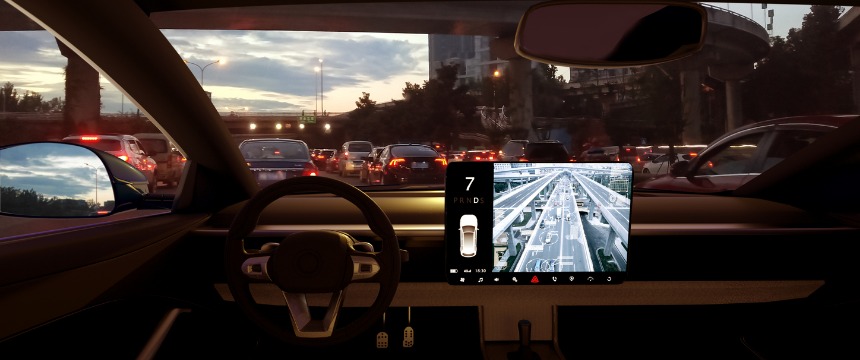
There are countless innovations being made for autonomous vehicle components, including for advanced sensors, radar and LiDAR, geolocation, and telecommunications. The automotive industry filed 25k+ patents in 2018 to protect these innovations. However, it is the artificial intelligence algorithms and software used to integrate all these components and collect and process the data that are enabling new or improved autonomous driving functionality. Indeed, many AV companies use off-the-shelf components, and focus their efforts on the AI and software aspects. But can patents still be obtained for new functionality or improvements that are provided by AI and software?
According to the United States Supreme Court, not all innovations are eligible for patent protection. In 2014, the Court said inventions that are directed to abstract ideas or mathematical algorithms may not be eligible to receive patent protection. (Supreme Court case Alice Corp. v. CLS Bank International, 573 U.S. 208 (“Alice”).) Congress is also chiming in, and held three hearings in June 2019 on a bipartisan bill that will impact what is eligible for patent protection.
Since these changes to the patent law make it challenging to obtain patent protection for certain software implemented inventions related to artificial intelligence (“AI”) or internet of vehicles (“IoV”) technologies, companies may be discouraged from pursuing patent protection for such inventions. For example, since the 2014 Alice case, the number of patent applications filed annually for AI inventions in Digital Marketing, FinTech, Education, and Entertainment actually declined significantly (Industry-Focused Patenting Trends, page 16.)
While Congress has not yet finalized the patent reform bill, and the patent eligibility framework established by the Supreme Court in Alice left much uncertainty around what exactly is eligible for patent protection, other opinions issued by the U.S. Court of Appeals for the Federal Circuit (“CAFC”) can provide a roadmap for patent eligibility. For example, the CAFC stated that “[s]oftware can make non-abstract improvements to computer technology just as hardware improvements can.” (Enfish, LLC v. Microsoft Corp., 822 F.3d 1327 (Fed. Cir. 2016). The CAFC further emphasized in MCRO, Inc. v. Bandai Namco Games America, decided September 13, 2016, (“MCRO”) that inventions may be eligible for patenting when “it is the incorporation of … claimed rules, not the use of the computer, that improve[] the existing technological process by allowing the automation of further tasks.” The U.S. Patent and Trademark Office also recently provided new guidance stating that a claim directed to a practical application of a judicial exception, such as by providing an improvement to the functioning of a computer or another technology, is eligible for patent protection.
Most vehicular AI or IoV inventions likely provide an improvement to computer technology, an improvement to an existing technological process, or a practical application that improves the functioning of a computer or another technology, and therefore may be eligible for patent protection. While we await further clarity from Congress, companies should continue building valuable IP assets, as was previously done for vehicular hardware and manufacturing, by leveraging recent case law to formulate new strategies for protecting AI and software-based AV inventions.
